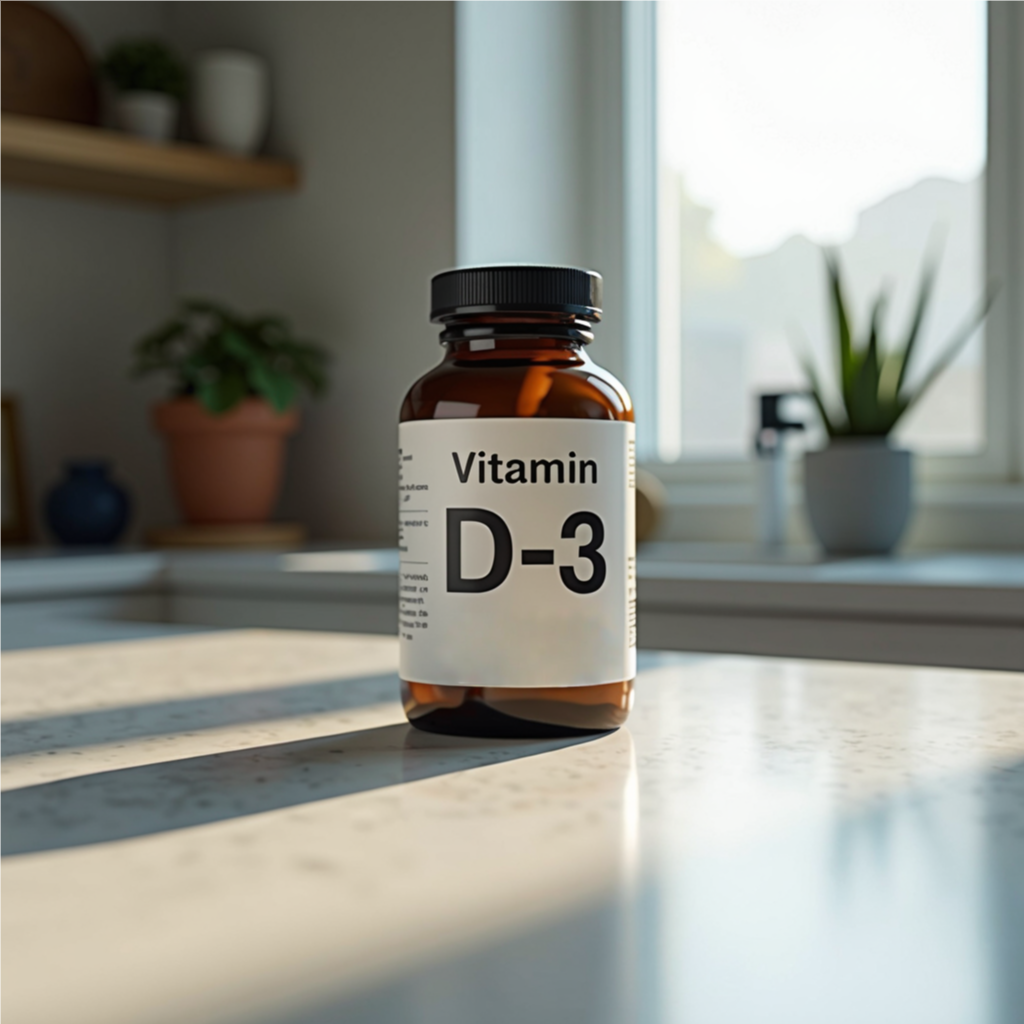Who Gets MS? - Part 2
This is part 2 of Who Gets MS? Have you arrived here first and want to read from the beginning? If you'd like to read part 1 first, click here.
Have you ever wondered where in the world MS is most common? It turns out, there’s a pattern—and it’s been studied for decades.
If you’ve read Who Gets MS? - Part 1, you already know that certain groups of people are more likely to develop MS based on age, gender, and genetics. But what about geography? Does where you live in the world play a role in your risk of developing MS?
The answer is yes—and it’s fascinating.
Where Are the People Who Get MS?
Believe it or not, multiple sclerosis isn’t randomly distributed across the globe. Instead, researchers have found that colder climates tend to have higher rates of MS, while warmer regions see fewer cases of the disease.
The general rule? The farther away from the equator you live, the more likely you are to develop multiple sclerosis. And unfortunately, we don't have the power to decide where we're born, right? Or we could decide not to live too far from the equator.
This pattern has been linked to vitamin D levels, which are influenced by the amount of sunlight exposure you get during your life. Since vitamin D plays a role in immune system regulation, lower levels may contribute to a higher risk of MS.
A Mini Geography Lesson: Latitude and MS
Remember learning about latitude and longitude in school? Well, latitude lines run parallel to the equator, and researchers have found that MS rates increase as you move north or south from the equator.
If you were to draw a line at the 37th parallel (37 degrees north of the equator), you’d notice something interesting:
- Above this line, MS rates double compared to regions below it.
- Below this line, MS is far less common.
Let’s break it down by location:
United States & Canada
- Southern states like Florida, Georgia, Mississippi, Alabama, Texas, New Mexico, and Arizona have fewer cases of MS.
- Mid-range states like Virginia, Kentucky, Missouri, Kansas, Colorado, Utah, and Nevada see higher rates.
- Canada has twice as many cases of MS compared to the U.S.
Worldwide Trends
- Northern Europe, including Scandinavia, the UK, and parts of Russia, has high MS rates.
- New Zealand and southeastern Australia also see higher-than-average cases.
- Asia and sub-Saharan Africa have significantly lower rates of MS.
Migration and MS Risk
One of the most interesting discoveries in MS research comes from migration studies.
Scientists in Israel and South Africa tracked MS cases, recording details like:
- Age of diagnosis
- Country of origin
- Age at migration
Here’s what they found:
- If someone migrated before age 15, their MS risk matched the native-born population of their new country.
- If they migrated after age 15, their MS risk remained the same as their country of origin.
This suggests that early exposure to environmental factors—like sunlight and vitamin D levels—may play a critical role in determining whether or not you may eventually develop MS.
Vitamin D: The Missing Piece in Who Gets MS?
So, what’s the connection between sunlight, vitamin D, and MS?
- Sunlight helps the body produce vitamin D, which supports proper immune system function.
- People in colder climates get less sunlight, leading to lower vitamin D levels.
- Lower vitamin D levels have been linked to higher MS risk.
This could explain why people who grow up in sunny regions have lower MS rates, even if they move to colder climates later in life.
So, where were you born? And where did you live up until age 15? If you have MS, has this research turned out to be true in your life?
Other Environmental Factors
While vitamin D is a major player, researchers are also looking at other environmental factors that might influence MS risk, including:
- Exposure to viruses (like Epstein-Barr virus)
- Diet and nutrition
- Air pollution and toxins
- Lifestyle factors (like smoking and stress)
It’s likely that MS develops due to a combination of many or all of these factors, rather than just one single cause.
Final Words: What Does This Mean for You?
If you’re already living with MS, knowing these patterns won’t change your diagnosis. It can, however, help researchers better understand the disease and work toward preventing it for those in the future. It can also lead to better treatments for you and others who already have MS.
If you’re concerned about MS risk, maintaining healthy vitamin D levels through sun exposure, diet, or supplements may be beneficial. If you have children, make sure they are also getting enough vitamin D. More research is being done in this area to confirm its role in MS prevention.
The bottom line?
As you can see, MS is influenced by so many different factors. These include genetics, environment, and vitamin D levels. Researchers are still working vigilantly to fully understand the disease. Inevitably, there will be breakthroughs in treatments and hopefully prevention as we mentioned earlier.
Want to go to Who Gets MS? - Part 3?
The site Multiple Sclerosis Foundation has a good article about who gets MS, if you'd like to check that out as well. (Link opens in a new window).
Dear Friends,
"Life in Spite of MS is a participant in the Amazon Services LLC Associates Program, an affiliate advertising program designed to provide a means for sites to earn advertising fees by advertising and linking to Amazon.com. We're also part of the Ebay Partner Network, another affiliate program."
We'd also like you to know it doesn't cost one cent more when you click through the links here on our blog. Not one single penny. And we will make a little extra cash when you do click through. We'll be ever so appreciative. You also have our word that we'll only link to things that we would use ourselves, (or wish we could have or use).
Sincerely,
Cir & Akrista
You are reading original content written by Akrista or Cir L'Bert of Life in Spite of MS. If you enjoyed reading this blog, please consider following us on Facebook, Twitter, Pinterest, and Instagram. See you there!
Privacy Policy ~ Advertising Policy ~ Disclaimer ~ Contact Us ~ About Us





New! Comments
Have your say about what you just read! Leave me a comment in the box below.